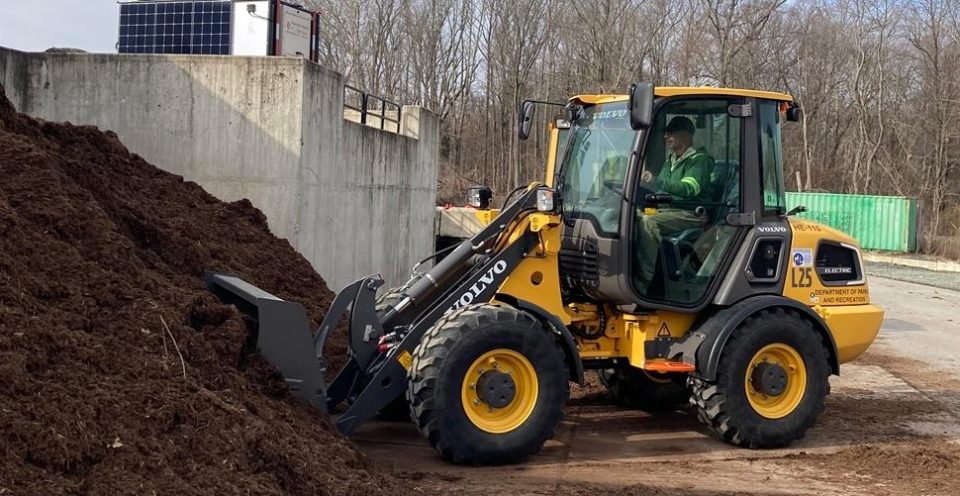2025 United States Construction Outlook
As the United States approaches 2025, the construction industry stands at a pivotal juncture, poised for growth amid evolving economic and technological landscapes. Several factors—ranging from infrastructural investments to shifting labor dynamics—are shaping the outlook for our critical sector.
Economic Context
The U.S. construction industry is expected to continue its recovery from the disruptions caused by the COVID-19 pandemic. According to the U.S. Bureau of Labor Statistics, the construction sector is projected to grow by about 4% annually through 2025. This growth aligns with broader economic recovery trends, including an expected GDP growth of around 2.1% to 2.5% annually during this period.
Infrastructure spending, driven by the Bipartisan Infrastructure Law, is one of the primary catalysts for this growth. The law allocates approximately $1.2 trillion over five years for projects that include road repairs, bridge construction, and broadband expansion. This influx of federal funding is anticipated to stimulate demand for construction services, creating jobs and boosting economic activity.
Housing Market Dynamics
The residential construction sector is also expected to experience notable changes. Despite challenges such as rising interest rates and material costs, the demand for housing remains strong. The National Association of Home Builders (NAHB) projects that new housing starts will increase moderately, with single-family home construction anticipated to recover gradually as supply chain issues stabilize.
However, the housing market faces hurdles, including affordability concerns and zoning regulations that may limit new development in certain areas. The increase in remote work has prompted many families to seek larger homes, often in suburban or rural areas, which could further influence housing demand patterns.
Labor Challenges
A significant challenge for the construction industry in 2025 will be the ongoing labor shortage. The Associated General Contractors of America (AGC) reports that 79% of construction firms are experiencing difficulty finding qualified workers. This shortage is partly due to an aging workforce, with many skilled workers nearing retirement and not enough younger workers entering the industry to replace them.
To address this issue, companies are investing in workforce development and training programs. Initiatives aimed at attracting a more diverse workforce, including women and minorities, are gaining traction. Additionally, the industry is increasingly turning to technology and automation to mitigate the impact of labor shortages, with tools such as drones and robotics becoming more common on job sites.
Technological Innovations
Technology is transforming the construction landscape, and its impact will be significant in 2025. The adoption of Building Information Modeling (BIM), augmented reality (AR), and virtual reality (VR) is enhancing project design and collaboration. These tools enable better visualization and more efficient project management, ultimately leading to reduced costs and improved timelines.
Moreover, the use of prefabrication and modular construction is gaining popularity, allowing for faster project delivery and minimized waste. According to a report from McKinsey & Company, the modular construction market could reach $130 billion by 2030, driven by its efficiency and sustainability benefits.
Sustainability and Green Building
 Sustainability is another key theme in the construction industry’s outlook. As climate change concerns escalate, there is an increasing push for green building practices. The U.S. Green Building Council reports that the market for green construction is projected to grow significantly, with investments in sustainable materials and energy-efficient designs becoming the norm rather than the exception.
Sustainability is another key theme in the construction industry’s outlook. As climate change concerns escalate, there is an increasing push for green building practices. The U.S. Green Building Council reports that the market for green construction is projected to grow significantly, with investments in sustainable materials and energy-efficient designs becoming the norm rather than the exception.
Legislative support for sustainability initiatives, such as tax incentives for energy-efficient buildings and stricter regulations on carbon emissions, is also expected to drive growth in this area. By 2025, green building is anticipated to constitute a substantial portion of new construction projects, reflecting both consumer demand and regulatory pressures.
Financial Projections
Financially, the construction industry is projected to reach a value of approximately $1.8 trillion by 2025. This figure encompasses residential, commercial, and infrastructure sectors. The commercial sector, particularly, is anticipated to rebound as businesses adapt to post-pandemic realities, leading to increased investments in office space, retail, and logistics facilities.
Moreover, public-private partnerships (PPPs) are likely to become more prevalent as governments seek innovative funding solutions for infrastructure projects. These partnerships can provide a pathway for more rapid project execution and improved service delivery.
The outlook for the U.S. construction industry in 2025 is characterized by a blend of optimism and challenges. While infrastructure investments, technological advancements, and sustainability trends are driving growth, the industry must address labor shortages and adapt to changing market demands. By embracing innovation and prioritizing workforce development, the construction sector can position itself for a robust future, contributing to the overall health of the U.S. economy. As stakeholders navigate this evolving landscape, collaboration and adaptability will be crucial to capitalize on the opportunities that lie ahead.
